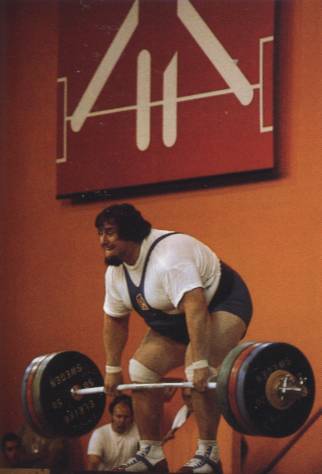Pictograms
|
Signs COJO gave the Graphics and Design Directorate a mandate to design a sign program for roads, cities, and Olympic competition sites. One team developed an "outside" sign concept, while a second group worked on a system for dividing the various stadiums into sections and seat arrangements, planning the signs needed. In November, 1975, the directorate was able to present the results of its research to the COJO executive committee. The project later was part of the vast sign manual published in order to make everyone familiar with each element of the sign program, thus guaranteeing their rational and efficient application in conformity with the overall projection of the 1976 Olympic Games image. |

|

|

|

|

|

|

|

|

|

|

|

|

|

|

|

|

|

|

|

|
The sign system selected was based on pictograms
generally accompanied by an explanatory text in both official languages. COJO
used the pictograms from the Munich Games in order to assure continuity
in symbolic language. Some service pictograms, however, had to be modified
for North American needs. The manual included precise instructions about
the design of the sign panels. Types and formats were reduced to a minimum,
first, for uniformity, and, second, to reduce manufacturing costs. Permanent
panels, mounted at the actual competition sites, were of prefinished aluminium,
while temporary road signs were made of plastic. The inscriptions were
stenciled on and cut from adhesive vinyl sheets.
Source document: Official
Report 1976, Vol. 1, page 344 |